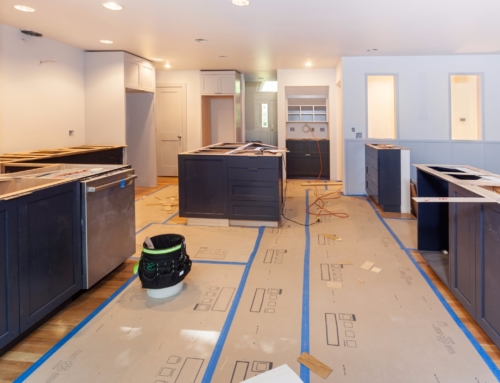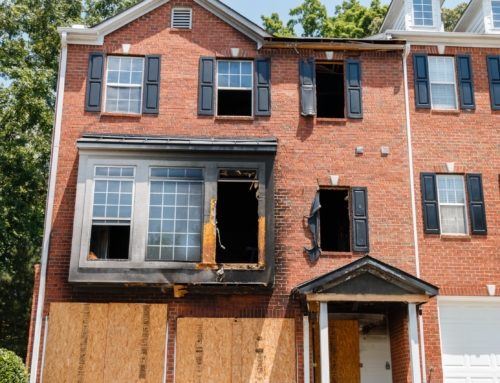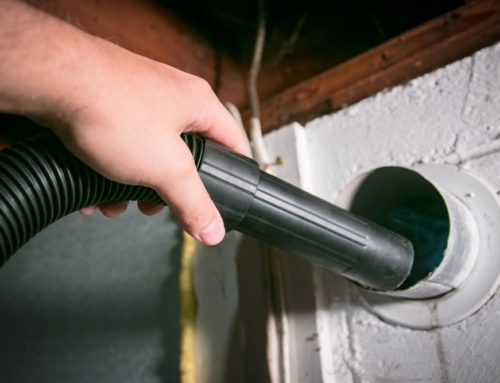My hot water heater is going. And, there’s a crack in a piece of siding, thanks to my son’s penchant for playing basketball in the driveway.
Nearly 8 years ago, my husband, Sam, and I finished the gut renovation of our home. We pulled off every piece of siding, all of the plaster on the interior walls, every piece of knob-and-tube wiring, and all of the plumbing. We jacked up the house, added some steel beams to the sagging first floor, and then added on a two-story addition plus a finished basement.
When we were finished, we basically had a new house: New kitchen, new bathrooms, new mechanicals, new walls, ceilings, and floor, and new fixtures. I often joke that the only “old” things left from before the renovation are the hanging light fixture and corner hutch in the dining room (which itself was pulled out, stripped, repainted and replaced in the room).
When we were all finished with our gut renovation project, I heaved a sigh of relief, and vowed not to do any home improvement or renovation work anytime soon.
That didn’t last long. Two years later we finished the new basement and then after six major leaks in 5 years from the “new” roof, we pulled it off and replaced the roof twice in an effort to stop the leaking. And then two years ago, we finally widened the driveway and installed a walkway from the driveway to the front door, surrounded by new landscaping.
And now, our 8-year old hot water heater is going. Fortunately, it’s still under warranty, so all we’ll pay is the $300 installation cost. So much for no more home improvement projects.
The truth is, all homes age and need ongoing maintenance and attention in order to stay in good shape. Maintenance-free is a concept that sounds good, but doesn’t quite pan out when it comes to most single family homes.
In the late 1980s, developers began to introduce the concept of a maintenance-free community, in which residents aren’t responsible for mowing the grass, plowing the snow, fixing roof leaks or painting the exteriors of their homes.
At the time, few believed that maintenance-free communities would have such widespread appeal. Google “maintenance free communities” and 59 million links pop up. Why the tremendous interest? I’d venture to guess that it’s a combination of a lack of time to handle home improvement projects, and a lack of know-how.
Today, most families consist of two working adults, so there’s often no one around to take care of home improvement projects. But even if you had the time to climb up and clean out your gutters, you might not know what you have to do, or you don’t want to risk injuring yourself by falling off a ladder.
While maintenance-free living is very easy, if it’s done correctly, it often costs more to have someone take care of your property than doing it yourself. You’ll pay monthly assessments to the homeowners’ association to take care of these projects and other bills associated with the common areas of the property.
There may also be restrictions on the types of flowers you can plan in your front yard, decorations you add to your front stoop, and the color of your house itself. You may also have to live with pet restrictions, age restrictions (if you’re in a community designed for those 55 years of age or older), and restrictions on the number of visitors you can have at any one time.
Still, it’s no wonder why, after 20 to 30 years of taking care of a single-family house, many empty-nesters are looking to condos and townhome communities. While you may have to deal with not-so-nice neighbors, you can pick up and leave at any time, knowing someone is going to pick up your mail and watch what’s happening.
Sounds good. But my summer will be filled with replacing carpeting and repainting. And perhaps I’ll find time to install a patio in the backyard as well.
Published: May 18, 2007






Leave A Comment